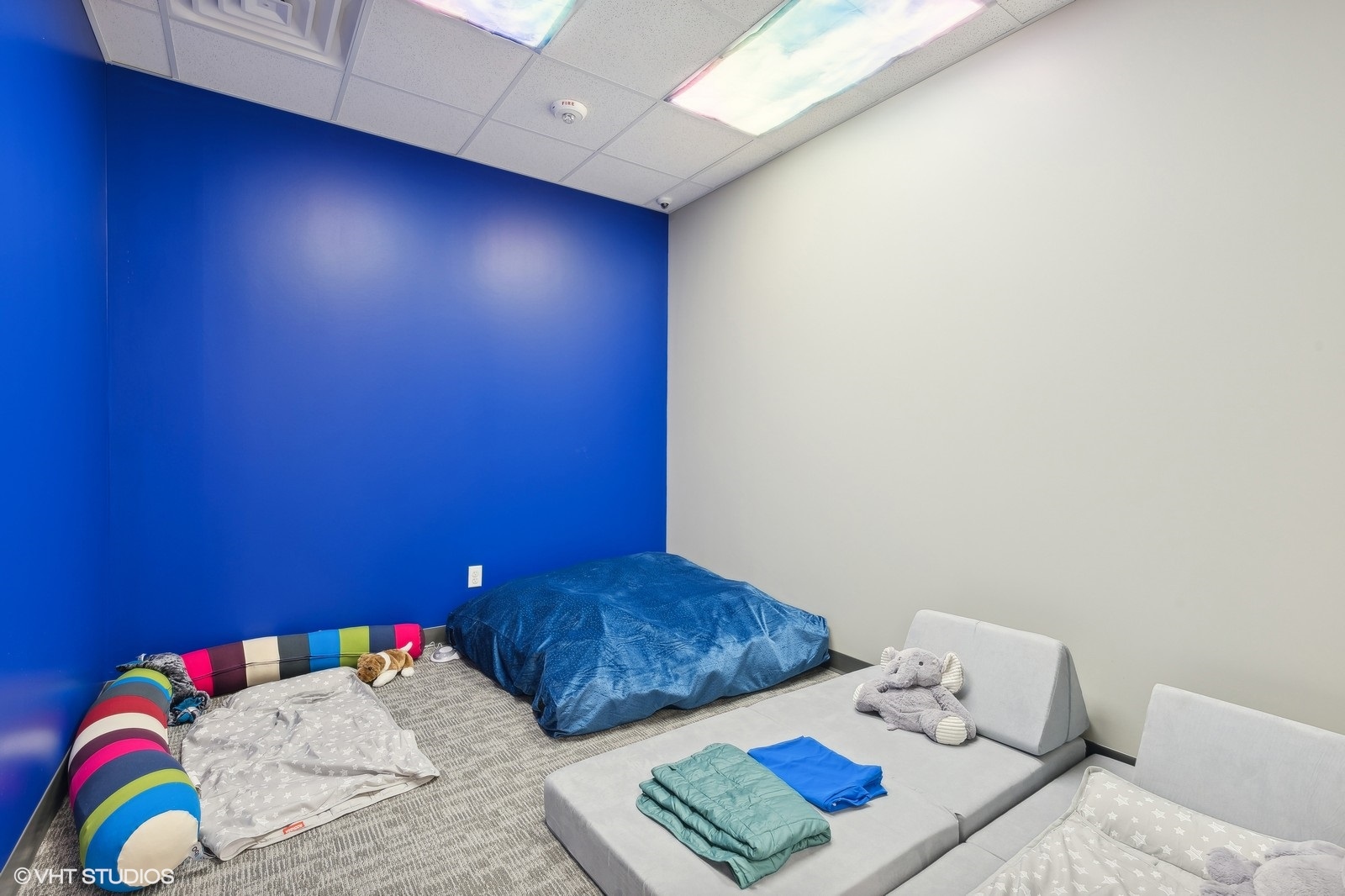
At Circle City ABA, we understand the importance of sensory rooms in supporting children with autism. Sensory rooms provide a controlled environment where children can engage in activities that help them regulate their sensory input, reduce anxiety, and improve focus. Whether you’re looking to create a sensory room at home or enhance an existing space, this guide offers practical sensory room ideas tailored to the unique needs of children with autism.
Understanding Sensory Rooms
Sensory rooms are specially designed spaces that offer various sensory experiences to help children with autism process and integrate sensory information. These rooms can be customized to provide calming or stimulating activities, depending on the child’s needs. The goal is to create a safe and supportive environment that promotes sensory regulation and overall well-being.
Essential Elements of a Sensory Room
When designing a sensory room, consider incorporating the following sensory room ideas to address various sensory needs:
1. Soft Lighting
Lighting plays a crucial role in creating a sensory-friendly environment. Harsh lighting can be overwhelming, so opt for soft, adjustable lighting options:
- Dimmer Switches: Allow for customization of light levels based on the child’s preference.
- LED String Lights: Provide a gentle, ambient glow.
- Bubble Tubes: Combine calming light with visual stimulation.
2. Comfortable Seating
Comfortable seating is essential for providing a sense of security and relaxation. Consider:
- Bean Bag Chairs: Offer deep pressure and can be easily moved around.
- Floor Cushions: Provide a soft space for sitting or lying down.
- Hammocks or Swings: Add a gentle, rocking motion that can be soothing.
3. Tactile Activities
Tactile stimulation is important for many children with autism. Include a variety of textures to explore:
- Sensory Bins: Filled with rice, beans, or sand for hands-on exploration.
- Textured Wall Panels: Different textures that children can touch and feel.
- Weighted Blankets: Provide deep pressure input that can be calming.
4. Auditory Stimulation
Sounds can either be calming or stimulating, depending on the child’s needs. Incorporate:
- White Noise Machines: Help block out distracting background noise.
- Music Players: Play calming music or nature sounds.
- Interactive Sound Toys: Encourage auditory engagement and exploration.
5. Visual Stimulation
Visual elements can capture attention and provide focus:
- Projectors: Display moving images like stars or underwater scenes on the ceiling.
- Lava Lamps: Offer a mesmerizing visual experience.
- Mirror Panels: Create reflections and visual interest.
6. Proprioceptive Activities
Proprioceptive input helps children understand their bodies in space. Include:
- Trampolines: Small, indoor trampolines for safe jumping.
- Climbing Walls: Encourage physical activity and coordination.
- Exercise Balls: For bouncing and rolling activities.
7. Olfactory Stimulation
Smell can have a significant impact on mood and behavior. Use:
- Essential Oil Diffusers: Dispense calming scents like lavender or chamomile.
- Scented Playdough: Combine tactile and olfactory stimulation.
8. Interactive Technology
Incorporating technology can enhance sensory experiences:
- Touchscreen Tablets: Loaded with sensory apps and games.
- Interactive Panels: Provide tactile and visual stimulation.
Tips for Creating Your Sensory Room
Creating an effective sensory room involves careful planning and consideration of the child’s specific needs. Here are some tips to help you get started:
Start Small
You don’t need to have a large space or expensive equipment to create a sensory room. Start with a few key elements and gradually add more as you observe what works best for your child.
Involve Your Child
Include your child in the planning process. Let them choose colors, textures, and activities that they find comforting and engaging.
Prioritize Safety
Ensure that all materials and equipment are safe and appropriate for your child’s age and abilities. Avoid sharp edges and small parts that could pose a choking hazard.
Create Zones
Divide the room into different zones for specific activities, such as a calming corner, a tactile exploration area, and an active play zone. This helps to organize the space and allows the child to transition smoothly between activities.
Regularly Update
As your child grows and their needs change, update the sensory room to continue providing appropriate sensory input. Regularly assess the effectiveness of each element and make adjustments as necessary.
Enjoy the Sensory Room
At Circle City ABA, we believe that a well-designed sensory room can significantly improve the lives of children with autism. By incorporating these sensory room ideas, you can create a supportive environment that promotes sensory regulation, reduces anxiety, and enhances overall development. For more information on creating sensory rooms or to learn about our facilities, please visit our website or contact us. We’re here to support you and your child every step of the way.
About Circle City ABA
Circle City ABA passionately nurtures progress through play with ABA therapy. We develop programs and services specifically designed for each child. Our child-centered, compassionate approach to therapy brings family goals and clinical best practices in tandem to help kids learn and grow. We’ll work together to define success and help your child achieve it. Contact our admissions team for more information on our services and how we can support you and your child. Find a location near you! We serve Arizona, Georgia, Indiana, Iowa, and Nebraska.


